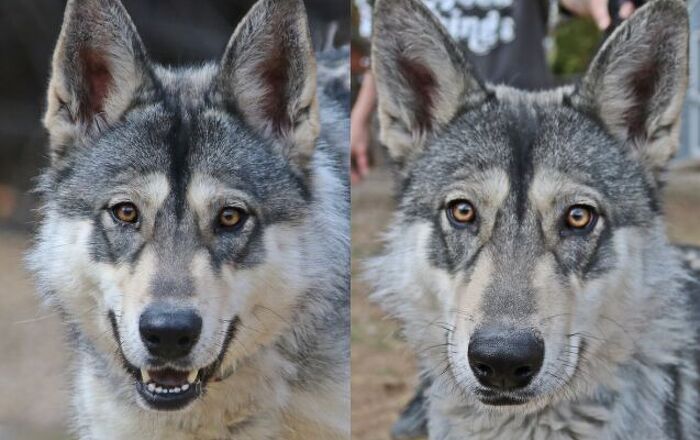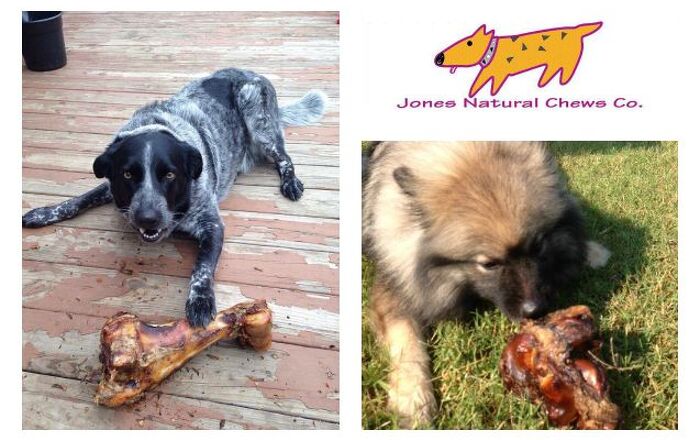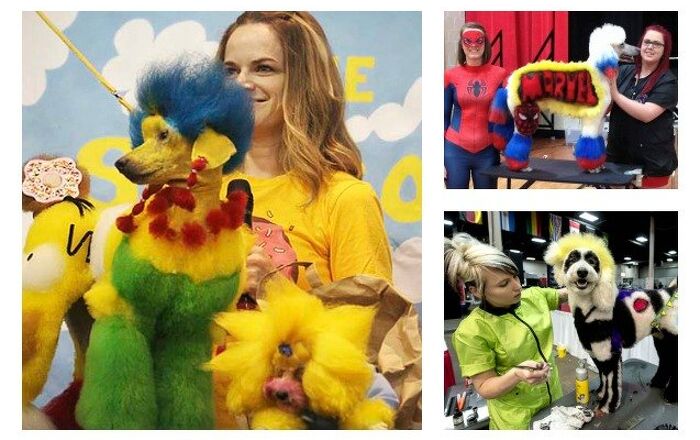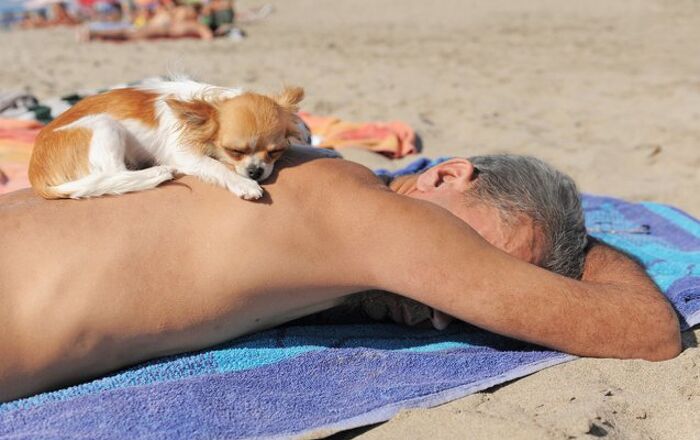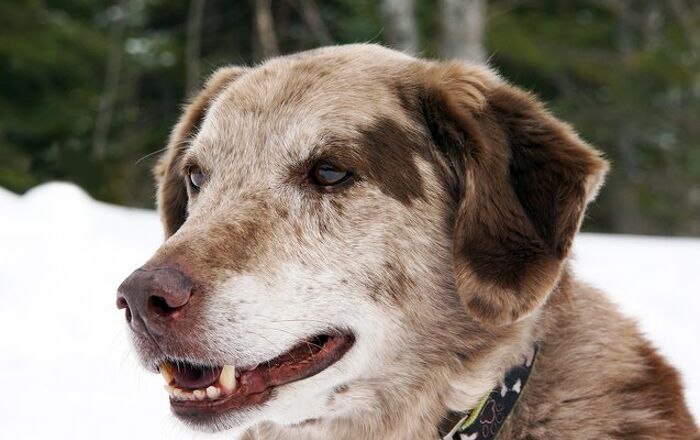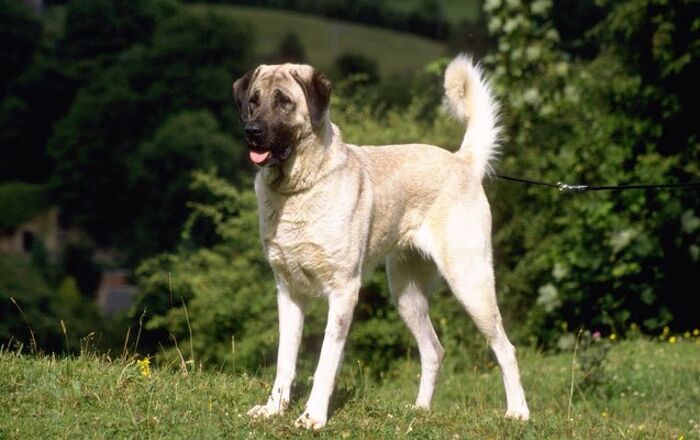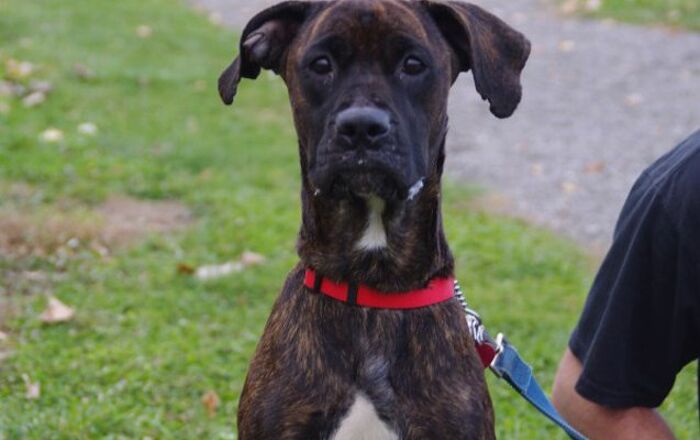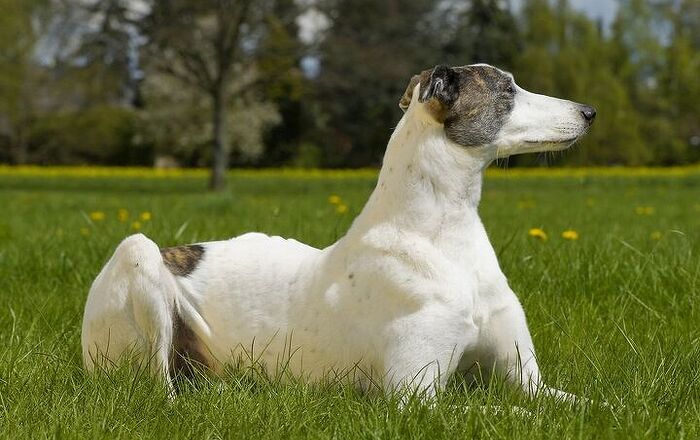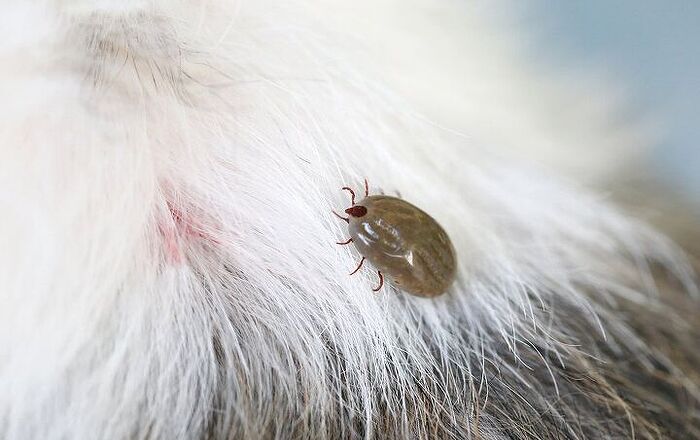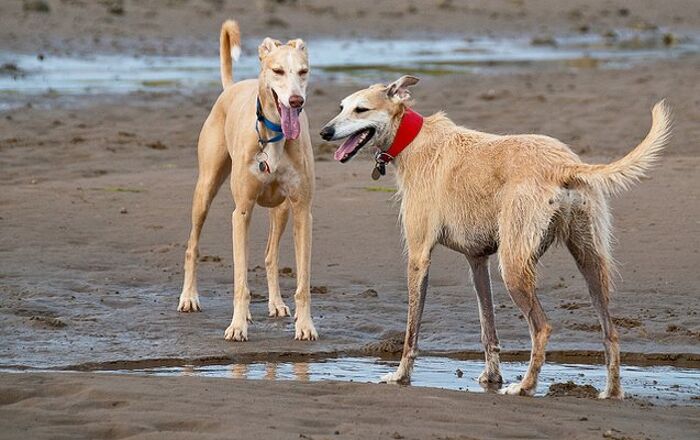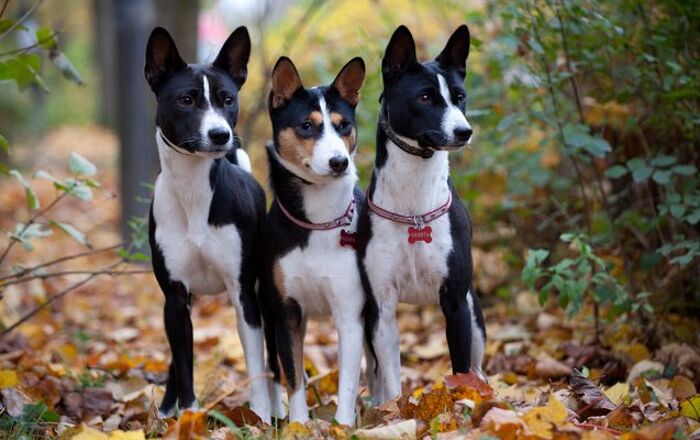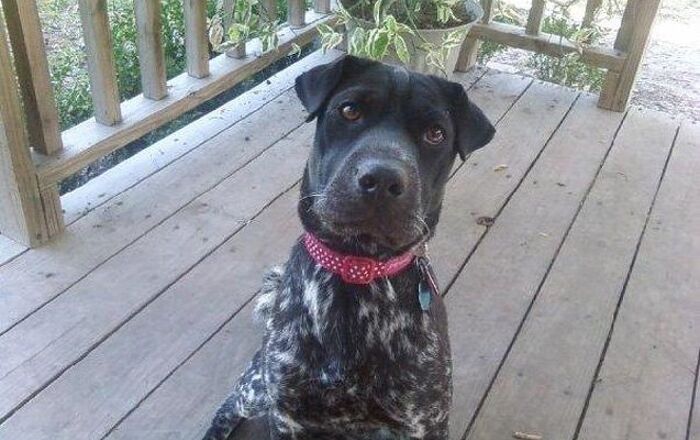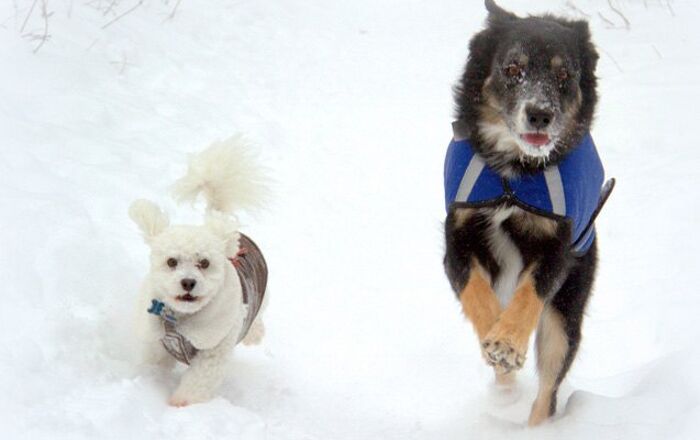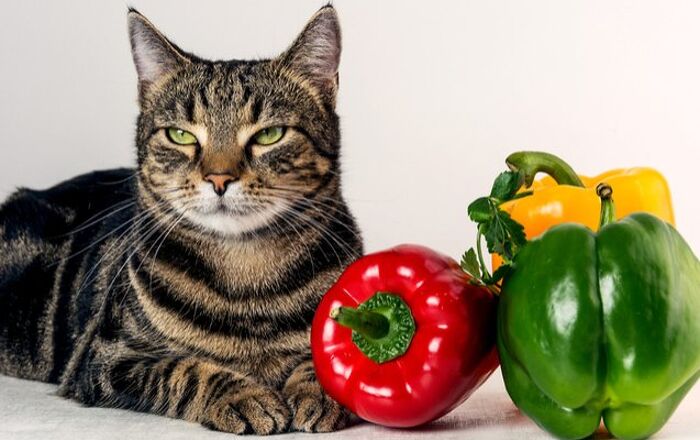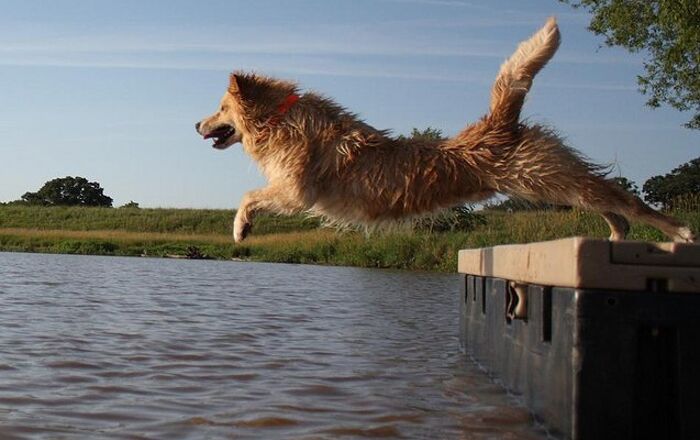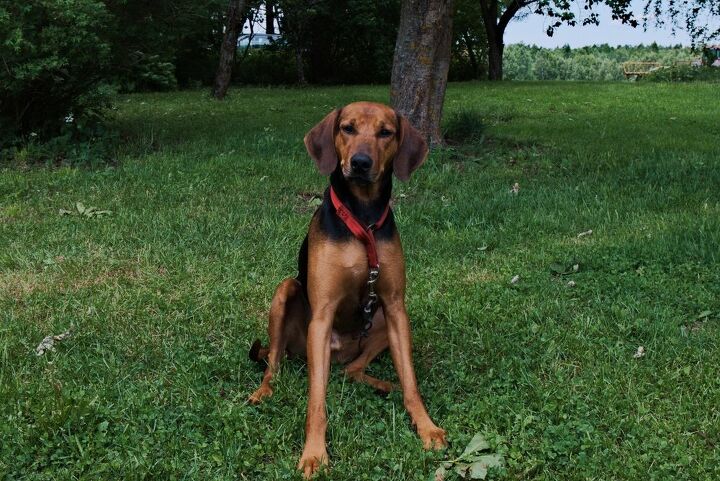
Schillerstovare Basics
The Schillerstovare’s name translates to the Schiller Hound in English, though it is a Swedish breed and typically referred to by its Swedish name. These dogs were developed to exhibit a lively temperament, strong scenting ability, and versatility in the field. Though primarily used as a hunting dog, the Schillerstovare has the potential to get along with other household pets and can do well with children as long as they receive plenty of training and socialization. For the most part, however, this dog is a one-person breed.
The Schillerstovare’s name translates to the Schiller Hound in English, though it is a Swedish breed.
Origin
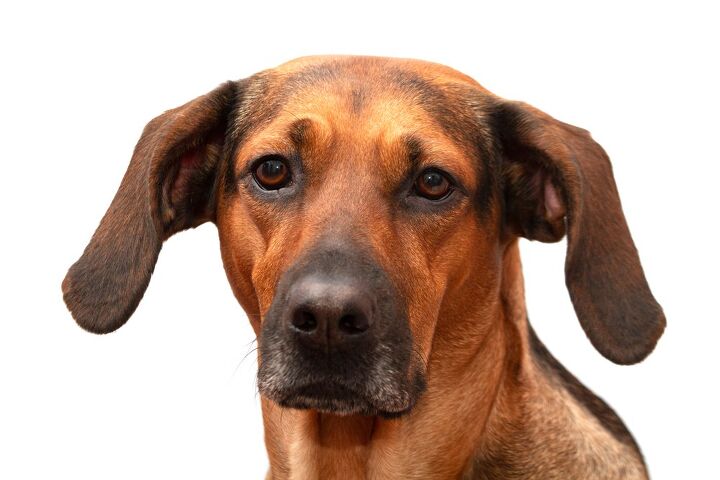
The Schillerstovare was developed during the 1800s by Dr. Adolf Patrick Hamilton and Per Schiller. At the time, both were trying to develop a better Stovare-type hound and they worked together to achieve their goal. Using the English Foxhound as the foundation for the breed, they eventually came up with two distinct breeds – the Hamilton-Stovare and the Schillerstövare. These two breeds were similar in appearance but the Hamilton-Stovare was taller – they also differed in color with the Schillerstövare being brown and black, the Hamilton-Stovare tricolor.
The exact origins of the Schillerstovare breed are unknown but it is thought that his predecessors hunted the forests of Sweden as far back as the Middle Ages. These dogs became the early ancestors of the majority of Sweden’s hound breeds and Per Schiller used them heavily in his development of the Schillerstövare. In addition to using the English Foxhound, he also used English Harriers to add size. The first Schillerstövare was exhibited in 1886 but the breed wasn’t officially named until 1907.
Pedigree
The Schillerstovare was developed in Sweden from the English Foxhound and English Harrier as well as other Swedish hound breeds.
Food/Diet
As a medium- to large-sized dog, the Schillerstovare should be fed a high-quality dry food formulated for adult dogs. Because this breed was developed specifically for hunting, however, he may do well on an active or working breed formula.
Schillerstovare were developed to exhibit a lively temperament, strong scenting ability, and versatility in the field.
Training
The Schillerstovare is a highly intelligent breed and generally easy to train. He does, however, have a dominant nature which may be challenging for inexperienced dog owners. This breed requires plenty of early training and socialization as well as consistent training throughout his life. Because they devote themselves to one person, the Schillerstövare may not respond to commands from other family members, though that may not always be the case.
Weight
The Schillerstovare is a medium- to large-sized dog, standing between 19.5 and 24 inches tall and weighing 35 to 55 pounds at maturity.
Temperament/Behavior
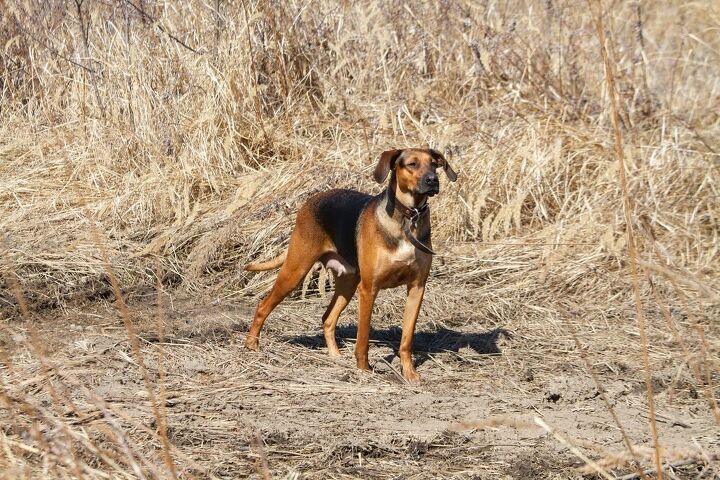
Bred as much for their lively temperament as their strong hunting ability, the Schillerstovare is a friendly and active breed. These dogs can be somewhat wary around strangers but they form close bonds with their owner and they tend to be one-person dogs. The Schillerstövare can make a good family pet, however, due to their fierce loyalty and strong affection, but they need early socialization and training if they are going to be kept with non-canine pets and children. Keep in mind as well that this breed was not developed to hunt in a pack and he may not do well around other dogs.
The Schillerstovare is naturally suspicious of strangers but not inherently aggressive. They have a loud howl that makes them good watch dogs, but they are too gentle in nature to do well as a guard dog. The Schillerstövare can be somewhat dominant by nature so they may not be the best choice for inexperienced dog owners and they may try to dominate other household pets. Making sure that this breed is well trained and thoroughly exercised can reduce the risk for problem behaviors.
Common Health Problems
The Schillerstovare is generally a healthy bred, evidenced by his long lifespan. Like all dogs, however, he may be prone to certain health problems as well as field injuries. Some of the health problems that may affect this breed include hip dysplasia, kidney infections, glaucoma, allergies, cherry eye, and bloat.
Life Expectancy
The average lifespan for the Schillerstovare is thought to be about 12 to 15 years which is about fairly long for a breed of its size. To maximize your dog’s lifespan, be sure to feed him a healthy, high-quality diet formulated for dogs of his size and activity level.
Exercise Requirements
As a hunting breed, the Schillerstovare has high exercise requirements. These dogs need at least an hour of vigorous exercise each day and they will appreciate having a fenced yard in which to run. Training your dog for hunting or various dog sports can provide extra exercise as well.
AKC
The Schillerstövare is not currently recognized by the AKC but he is recognized by the FCI and the UKC. The FCI classifies him in Group 6 as a Scenthound and the UKC as a Scenthound as well.
Coat
The Schillerstovare has the typical hound coat – it has a thick undercoat with a short, glossy top coat having a harsh texture. The hair on the head, ears, and legs may be smoother and shorter than the rest of the body and the coat is longest on the underside of the tail and the backs of the legs. In terms of color, this breed is typically some shade of tan, fawn, or ginger with a distinct black mantle. This breed sheds moderately, so you should plan to brush your dog two to three times per week.
Puppies
The average litter size for the Schillerstovare is 3 to 7 puppies. Because the breed only reaches a maximum weight around 55 pounds, puppies may reach their full size before they turn 1 year old. Just make sure to feed your Schillerstövare a puppy food formulated for large-breed dogs to prevent him from growing too quickly. It is also recommended that you start your dog with training and socialization as early as possible.
Photo credit: Erik Lorentzo/Shutterstock; Alexandr Kharlov/Shutterstock

